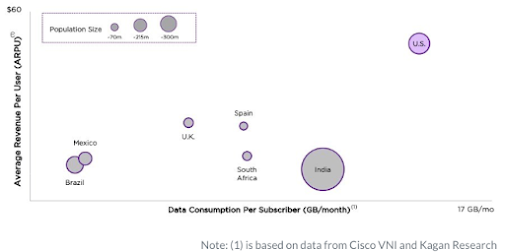The conventional industry wisdom is that incremental new 5G revenues will come from business customers, not consumers. The bad news is that, in some regions, those new business-related 5G revenues might be quite small, by 2025.
You would be hard pressed to find any observers who do not believe edge computing, private networks and network slicing will lift revenue for mobile operators over the next decade In the Asia-Pacific or any other region.
The only question is the magnitude of those increases. And that is where matters get tricky. Some forecasts suggest sharp drop offs in Asia-Pacific mobile revenue through 2025, compared to trends up to 2019.
But most forecasts call for revenue in the range of $230 billion to $390 billion by about 2025, with total revenue--fixed and mobile--closer to $500 billion in the region.
If 5G revenue earned by mobile operators in the Asia-Pacific region by about 2025 reach $24 billion, then 5G would represent between six percent and 10 percent of mobile operator revenues.
If one assumes that consumer mobile connections represent 90 percent of 5G revenue in 2025, and using the higher figures of $24 billion in 5G revenue, then edge computing, network slicing and private networks together would only represent perhaps $2.4 billion in revenue.
That is a small amount contributed by three new revenue sources.
But some believe 5G might contribute less, perhaps contributing $14 billion in mobile revenues by about 2025. In that case, 5G would represent between four percent and six percent of mobile operator revenues in 2025.
In that case network slicing, private networks and edge computing would be negligible revenue contributors, generating perhaps 1.4 percent of mobile operator revenues.
At such levels, the impact of changes in subscription volume, average revenue per account, increases in internet access revenues and market share changes will have far more impact on mobile operator revenues than network slicing, edge computing and private networks.

